Table of content
Quail eggs, though diminutive in size, pack a punch of flavor and culinary versatility that rivals their larger chicken egg counterparts. These petite treasures, with their speckled shells and creamy yolks, have been a staple in global cuisines for centuries, prized for their delicate taste and nutritional richness. Whether you’re a seasoned home cook or a curious food enthusiast, mastering the art of cooking quail eggs can elevate your meals to new heights of sophistication. This article delves into the techniques, recipes, and tips needed to transform these tiny eggs into culinary masterpieces, ensuring every bite bursts with flavor and texture.
Understanding Quail Eggs: A Brief Overview
Before diving into cooking methods, it’s essential to appreciate what makes quail eggs unique. Smaller than chicken eggs (typically weighing 8–10 grams each), quail eggs have a higher yolk-to-white ratio, resulting in a richer, creamier texture. Their shells are thinner and more fragile, requiring gentle handling to avoid cracking. Nutritionally, they are powerhouses, offering higher levels of vitamins B1, B2, and A, as well as iron and phosphorus, compared to chicken eggs. Their flavor is slightly gamier, with a subtle earthiness that pairs well with both mild and bold ingredients.
Cooking Techniques: From Boiling to Baking
Boiling: The Foundation of Perfect Quail Eggs
Boiling is the most common method for cooking quail eggs, and achieving the right consistency—whether soft, medium, or hard-boiled—requires precision.
-
Soft-Boiled Quail Eggs:
Step 1: Bring a small pot of water to a gentle simmer.
Step 2: Gently lower the eggs into the water using a slotted spoon.
Step 3: Cook for 2–3 minutes for a runny yolk.
Step 4: Immediately transfer to an ice bath to halt cooking.
Serving Suggestion: Serve in egg cups with toast soldiers for dipping, or atop ramen noodles for a luxurious touch. -
Medium-Boiled:
Extend cooking time to 4 minutes for a slightly firm yolk with a creamy center.
-
Hard-Boiled:
Cook for 5–6 minutes, then peel under cold running water to remove the shell easily.
Pro Tip: Add a pinch of salt to the water to prevent cracking and make peeling simpler.
Frying: Crispy Edges and Velvety Centers
Frying quail eggs demands a delicate touch due to their size. Use a non-stick pan and a small amount of butter or oil.
- Method:
Step 1: Heat the pan over medium heat.
Step 2: Crack each egg into a ramekin before sliding it into the pan to maintain shape.
Step 3: Cook for 1–2 minutes until the whites set but the yolk remains runny.
Step 4: Season with flaky sea salt, black pepper, or a sprinkle of herbs.
Variation: For a “sunny-side-up” effect, baste the eggs with melted butter using a spoon.
Poaching: Elegance in Every Bite
Poached quail eggs are a gourmet addition to salads, soups, or avocado toast.
- Method:
Step 1: Bring a pot of water to a bare simmer (180–190°F or 82–88°C).
Step 2: Add a splash of vinegar (1 tbsp per cup of water) to help the whites coagulate.
Step 3: Create a gentle whirlpool with a spoon and slide the eggs into the center.
Step 4: Cook for 2–3 minutes, then remove with a slotted spoon.
Pro Tip: Use fresh eggs for tighter whites and a neater shape.
Scrambling: Fluffy Clouds of Delight
Scrambled quail eggs require minimal cooking time to avoid overcooking.
- Method:
Step 1: Whisk 6–8 eggs with a splash of cream or milk.
Step 2: Heat butter in a pan over low heat.
Step 3: Pour in the eggs and stir gently with a silicone spatula.
Step 4: Remove from heat just before they set (they’ll continue cooking off-heat).
Serving Suggestion: Fold in herbs like chives or tarragon, or top with smoked salmon.
Baking: Oven-Roasted Perfection
Baking quail eggs in their shells creates a uniform texture, ideal for deviled eggs or appetizers.
- Method:
Step 1: Preheat the oven to 325°F (163°C).
Step 2: Place eggs in a muffin tin to prevent rolling.
Step 3: Bake for 8–10 minutes for a semi-soft yolk.
Step 4: Cool, peel, and halve for stuffing.
Recipes to Elevate Your Quail Egg Game
Marinated Quail Eggs with Soy and Ginger
Ingredients:
- 12 hard-boiled quail eggs, peeled
- 1/2 cup soy sauce
- 1/4 cup mirin
- 1 tbsp grated ginger
- 1 garlic clove, minced
- 1 star anise
Method:
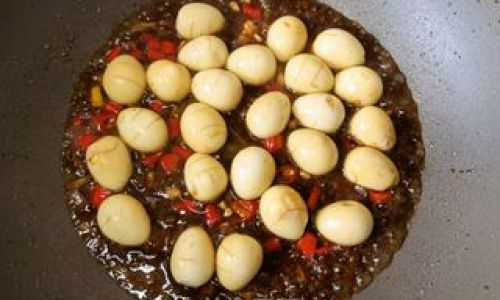
- Combine all ingredients in a saucepan and simmer for 5 minutes.
- Add eggs and marinate for at least 2 hours (overnight for deeper flavor).
- Serve as a snack or garnish for ramen.
Spicy Quail Egg Scramble with Chorizo
Ingredients:
- 8 quail eggs
- 2 oz chorizo, diced
- 1/4 red onion, finely chopped
- 1 jalapeño, minced
- 1 tbsp olive oil
- Cilantro for garnish
Method:
- Sauté chorizo, onion, and jalapeño in oil until crispy.
- Whisk eggs with a pinch of salt and pour into the pan.
- Scramble gently until just set.
- Serve with warm tortillas and hot sauce.
Quail Egg Carbonara with Pancetta
Ingredients:
- 8 quail eggs (4 whole, 4 yolks)
- 4 oz pancetta, diced
- 8 oz spaghetti
- 1/2 cup grated Parmesan
- Black pepper
Method:
- Cook pasta al dente. Reserve 1/4 cup pasta water.
- Fry pancetta until crisp.
- Whisk 4 egg yolks with Parmesan and pepper.
- Toss pasta with pancetta, egg mixture, and pasta water.
- Top each serving with a soft-boiled quail egg.
Health Benefits and Dietary Adaptations
Quail eggs are not only delicious but also nutritious. Their high protein content and low calorie count make them ideal for keto, paleo, or low-carb diets. For vegan adaptations, substitute with tofu “eggs” scrambled with turmeric for color.
Allergy Note: Individuals with egg allergies should avoid quail eggs, as cross-reactivity is common.
Troubleshooting Common Issues
- Sticky Shells: Add baking soda to the boiling water to loosen shells.
- Overcooked Yolks: Use a timer and immediately shock eggs in ice water.
- Uneven Cooking: Ensure eggs are at room temperature before cooking.
Cultural Significance and Creative Uses
Quail eggs feature prominently in Japanese tamagoyaki (rolled omelets), French œufs de caille en meurette (red wine-braised eggs), and Middle Eastern shakshuka. Their petite size also makes them perfect for canapés, bento boxes, or as a garnish for sushi.
Conclusion: The Joy of Quail Eggs
Cooking quail eggs is an exercise in precision and creativity. Whether you prefer them boiled, fried, or baked, these tiny gems offer endless opportunities to experiment with flavors and textures. With practice, you’ll master the delicate balance of achieving a runny yolk without overcooking the whites, turning a simple ingredient into a culinary triumph. So, embrace the challenge, savor the results, and let quail eggs become your secret weapon in the kitchen.
From breakfast bowls to dinner party centerpieces, quail eggs are a testament to the idea that great things indeed come in small packages. Bon appétit!
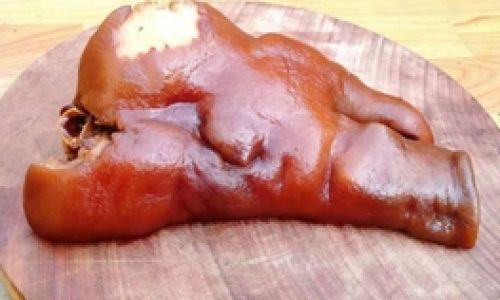
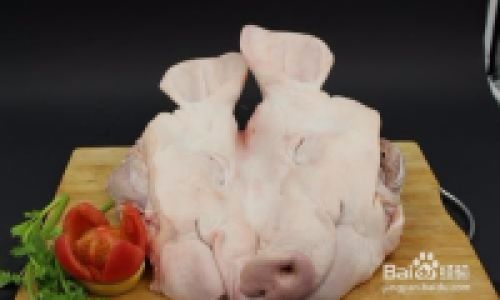
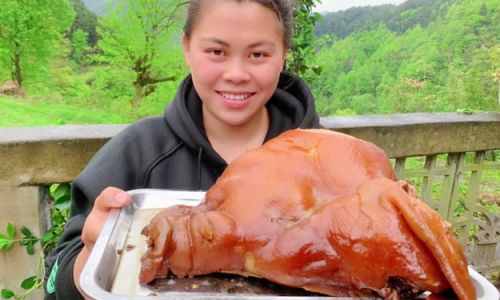


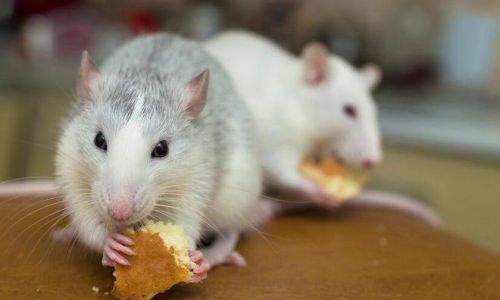
0 comments